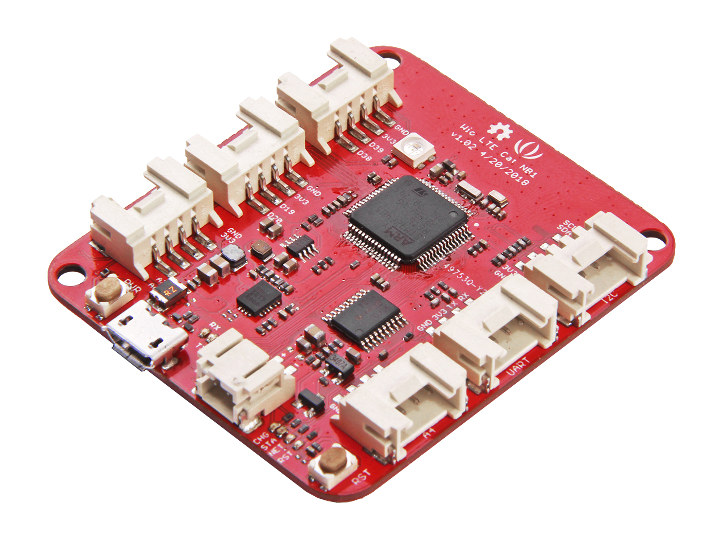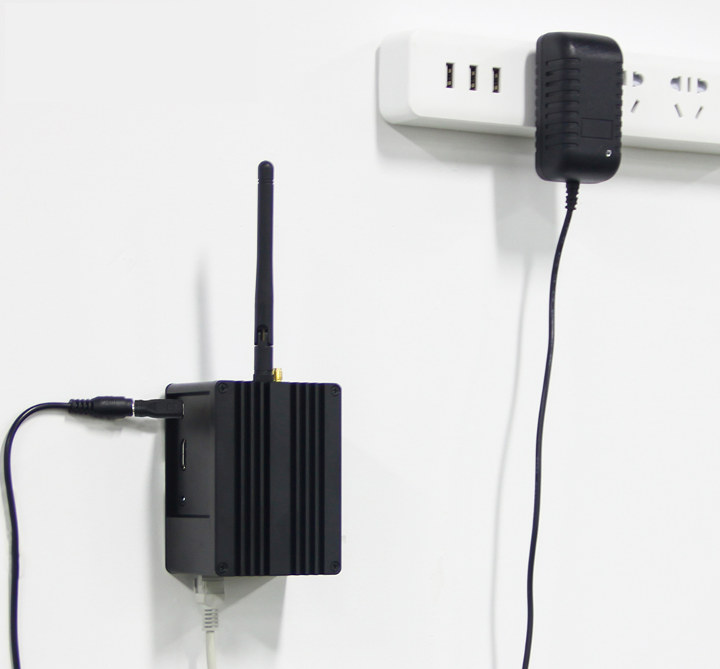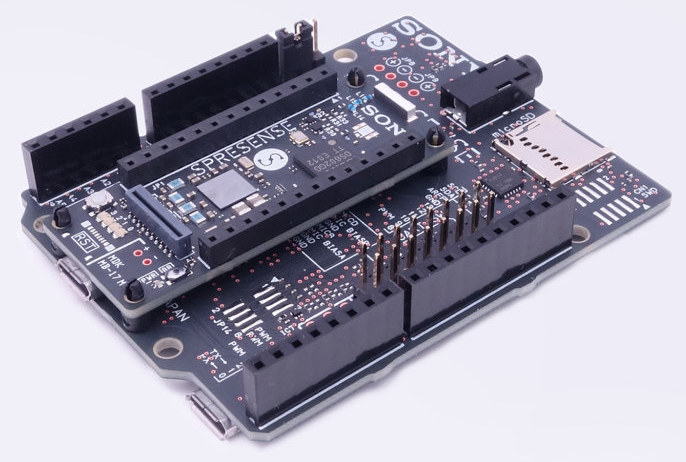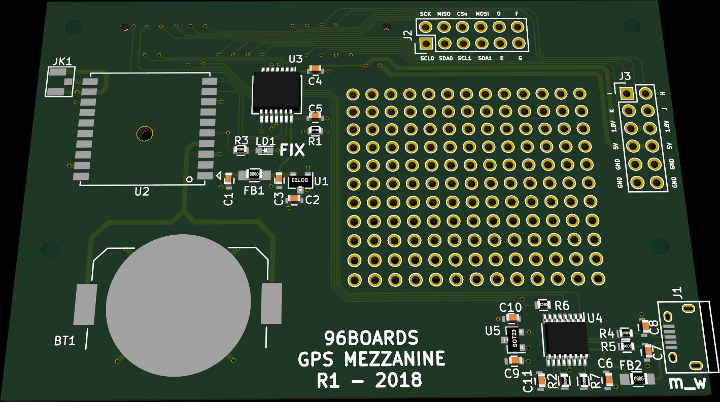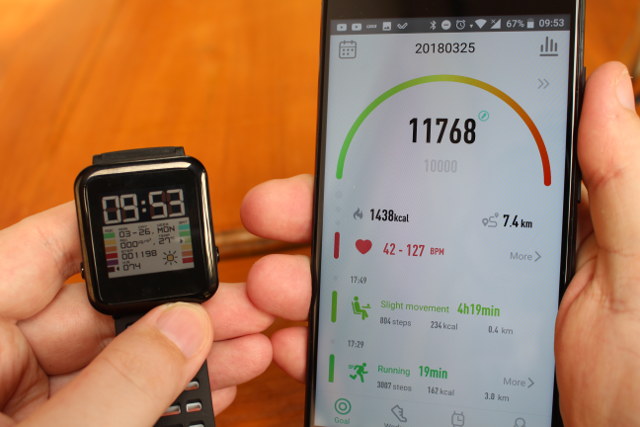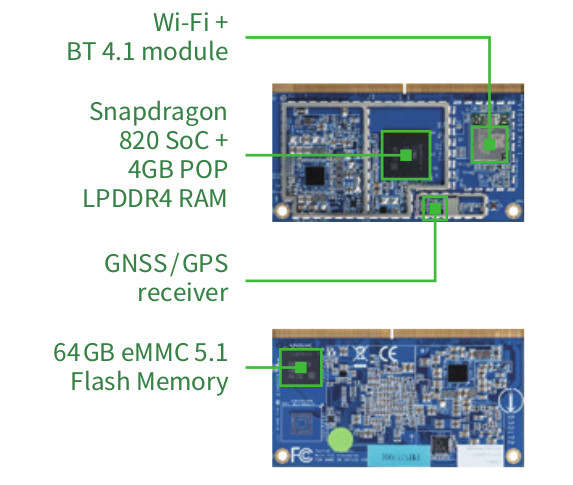We’ve previously written about Ping, a tiny Cellular GPS tracker that promised to last 3 months on a charge. The raising money part of the crowdfunding campaign itself was successfully with over one million dollars raised, but as with many such campaigns there have been delays, and some people still have to receive theirs, not to mention people complaining about poor battery life and other issues. But there seems to be another option now with Tail It Technologies now offering four different “Tail it” cellular GPS trackers (with WiFi too) for things, pets, and even one designed specifically for bicycles. The company has already sold their devices to thousands of customers in Norway, so they should be working, and on-time delivery should hopefully not be an issue. All four GPS trackers come with 2G, 3G, 4G, and WiFi connectivity, a 5-meter accuracy, and share the same electronics and firmware. Here’s […]
Wio LTE GPS Tracker Board Gets a Cat M1/NB1 Version for $59
Seeed Studio launched a family of GPS tracker boards staring with Wio GPS with 2G cellular connectivity, followed by Wio LTE board offering 4G connectivity several months later. The company is taking pre-order for an LTE Cat M1/NB1 version with NB-IoT / eMTC connectivity, and going for $59 plus shipping. The board is expected to start shipping on July 25th. Wio LTE Cat M1/NB1 board specifications: MCU – STMicro STM32F405RG Arm Cortex-M4 @ 168MHZ with 1M Flash, 192+4KB RAM Connectivity LTE uBlox SARA-R410M module LTE CAT M1 and NB-IoT Cat M1 Half-duplex (375 kb/s DL and UL) Cat NB1 Half-duplex (27.2 kb/s DL, 62.5 UL) Nano SIM and micro SD card 2-in-1 socket GNSS uBlox MAX-M8Q module PS, BeiDou, GLONASS, and Galileo 2.5m CEP(GPS), 4.0m CEP(GLONASS) USB – 1x micro USB port for power supply and DFU Expansions – Grove headers: 2x digital, 2x analog, 1x UART, 1x I2C Misc […]
RAK831 Lite is a $200 LoRa / LoRaWAN Gateway based on Raspberry Pi 3 Board
RAK831 is a Semtech SX1301 based LoRa gateway module that was released by RakWireless in 2017. The board has since then be sold as part of the company’s LoRa gateway developer kit with a Raspberry Pi and a MAX-7Q GPS Module. But now RakWireless offers a nicely packaged solution with Raspberry Pi 3 board, RAK831 module, a GPS board, an enclosure, antenna, and power supply which they call RAK831 Lite, and sells for just $199 + shipping ($6.45 extra here).RAK831 Lite gateway main components and specifications: Main board – Raspberry Pi 3 development board with Broadom BCM2837 processor, 1GB RAM, micro SD card slot, Fast Ethernet, 4x USB ports, HDMI output, audio jack Connectivity RAK831 LoRa Concentrator board based on SX1301 chipset RF frequencies – 433, 470, EU868, AS923, AU915, and US 915 Rx Sensitivity – -140 dBm Tx Power – Up to 25.5 dBm at settings 27 dBm SMA […]
Sony SPRESENSE Arduino Compatible GNSS + Audio IoT Board To Sell for $50 (in Japan)
Last year, we covered Sony Spritzer, an Arduino compatible with a Sony hexa-core Arm Cortex-M4F micro-controller, a built-in GNSS receiver, and an audio codec. The product page for this product is now gone, but it appears Sony only renamed it to SPRESENSE, made some design modifications, and is ready to launch the main board for 5,500 JPY (~$50), and the extension board for an extra 3,500 JPY ($32) on July 31, 2018. Sony SPRESENSE main board (CXD5602PWBMAIN1) specifications: MCU – Sony CXD5602 ARM Cortex-M4F ×6 micro-controller clocked at up to 156 MHz with 1.5MB SRAM Storage – 8MB Flash Memory GNSS – GPS & GLONASS Audio – 3.5mm audio jack Expansion I/Os Digital I/O Pins – GPIO, SPI, I2C, UART, PWM, I2S Analog Pins – 2ch (0.7V range) Camera interface USB – 1x micro USB port for programming and power Power Supply – 5V via micro USB port Dimensions – […]
96Boards GPS Mezzanine is the First Add-on Board part of 96boards Community Mezzanine Initiative (Group Buy)
96Boards hardware development platforms support add-on boards called Mezzanines, and you’ll find a bunch of them on 96Boards website. Most are designed and manufactured by companies, but in order to bring more (individual) open source hardware developers on-board, the 96Boards Community Mezzanine initiative was launched to bring industry representatives and community members together. The idea is to encourage people to submit their KiCad/Altium 96boards’ mezzanine designs to the github repository, and the manufacturing costs of the most popular designs can be lowered by offering them through GroupGets group buying platform. The first of those boards to be launched is 96Boards GPS Mezzanine with the following specifications for the R1 board: Adafruit Ultimate GPS Module PA6H_1103854 – 66 channel w/10 Hz updates MTK3339 chipset -165 dBm sensitivity External u.FL antenna connector Fix and PPS signals brought to down baseboard Expansion – USB UART breakout, breakout headers for I2C, SPI, GPIO, and […]
RAK8211-NB iTracker Battery / Solar Powered Module Comes with NB-IoT & Bluetooth 5 Connectivity, GPS, and 5 Sensors
Rak Wireless has recently launched a new products called RAK8211-NB iTracker based on a Quectel BC95-G NB-IoT module, Nordic Semi nRF52832 Bluetooth 5 chip, and Quectel L70-R GNSS module. The asset tracker module also comes with 5 different sensors to monitor motion and environmental data, and can optionally be powered directly by a solar panel.RAK8211-NB iTracker specifications: Connectivity NB-IoT via Quectel BC95-G (Global) wireless communication module + SIM card socket Bluetooth 5 via Nordic Semi nRF52832 Arm Cortex-M4F micro-controller (Arduino compatible) GPS/GLONASS via Quectel L70 GNSS module Sensors LIS3DH 3-axis “nano” accelerometer LIS2MDL 3-axis digital magnetic sensor. Tilt sensor BME280 pressure, humidity and temperature sensor OPT3001 intensity of light sensor Expansion – 3x headers with SWD, 2x sensor out + tilt out (also usable as GPIO and analog inputs), 3.3V, GND, and reset Power Supply – 3.5V to 18V via solar panel (P2) or battery (P3) Dimensions – 43mm x […]
WeLoop Hey 3S Sports Smartwatch Review – Part 2: GPS, Running, Cycling, Notifications, and More
As mentioned previously I did not have such good luck with smart wearables so far, with disappointing products often with a short lifetime (a few weeks to a few months, and some design issues here and there like an e-Paper display without backlight, a touchscreen display with poor locking mechanism (so it’s activated while taking a shower), unreliable heart rate monitor, poor waterproofness and so on… My main requirements are always-on display, battery life as long as possible, notification support, good waterproofness to do tasks like taking shower or swim without having to remember to remove the watch, among others less important requirements. I mostly gave up on the category for about year, but decided to give it a try when GeekBuying asked me if I was interested in reviewing WeLoop Hey 3S sports smartwatch. Maybe things have improved since then. I’ve already gone through unboxing and initial setup in […]
VIA SOM-9X20 Module Powers Smart Recognition and Smart Machine Vision Platforms
At the end of last year, VIA launched SOM-9X20 system-on-module powered by Qualcomm Snapdragon 820 processor coupled with 4GB PoP LPDDR4 RAM, 64 GB eMMC flash, as well as WiFi + Bluetooth module, and a GNSS/GPS receiver. The company introduced two software platform for the SoM and development kit at embedded world 2018: a Smart Machine Vision Platform for manufacturing management and control systems, and a Smart Recognition Platform for facial recognition, object detection, people counting & tracking, etc… VIA SOM-9X20 module specifications: SoC – Qualcomm Snapdragon 820 quad- core processor with 2x high-performance Kryo cores up to 2.15GHz, 2x low power Kryo cores up to 1.593GHz, and Adreno 530 GPU supporting OpenGL ES 3.1/ GEP, GL4.4, DX11.3/ 4, OpenCL 2.0, Renderscript-Next System Memory – 4 GB POP LPDDR4 RAM Storage – 64 GB eMMC 5.1/ UFS 2.0 flash On-module Connectivity Wi-Fi 802.11 a/ b/ g/ n/ ac + Bluetooth […]


